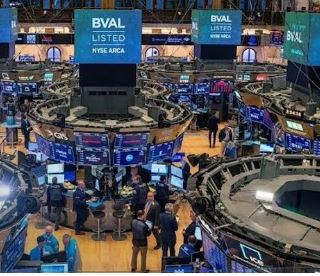
When examining a stock for potential investment, what indicators point to a company’s downturn?
We will almost certainly observe a decreasing amount of capital employed as well as a declining return on capital employed (ROCE).
This combination can indicate that the corporation is not just making fewer investments, but also making less money overall.
Having said that, we aren’t overly optimistic after a first glance at Dow (NYSE: DOW), but let’s dig into it more.

If you are unfamiliar with ROCE, we would say it is a metric that assesses the’return’ (pre-tax profit) that an organization makes on the capital that it uses for its operations. For the Dow, analysts use this formula to calculate it:
Earnings Before Interest and Tax (EBIT) ÷ (Total Assets minus Current Liabilities) = Return on Capital Employed.
If you are unfamiliar with ROCE, we would say it is a metric that assesses the’return’ (pre-tax profit) that an organization makes on the capital that it uses for its operations. For the Dow, analysts use this formula to calculate it:
Earnings Before Interest and Tax (EBIT) ÷ (Total Assets – Current Liabilities) = Return on Capital Employed.
0.055 = (US$58b – US$10.0b) ÷ = US$2.6b (predicted on the calendar year that ended in December 2023).
Consequently, Dow’s ROCE is 5.5%. That’s a poor return in absolute terms, and it performs worse than the industry average for chemicals, which is 9.7%.
There are some indications of weakening in the ROCE trend at Dow. More precisely, five years ago, today’s ROCE was 8.2%; it is now only 5.5%. Furthermore, compared to five years ago, Dow employs 30% less capital now.
The reality that both have suffered losses suggests that the company is going through a difficult period. Should these fundamental patterns persist, we wouldn’t be overly sanguine about the future.
In conclusion, it is regrettable that the Dow is producing fewer returns while simultaneously reducing its capital base.
Nevertheless, given that the stock has increased by 33% over the previous five years, investors might anticipate bigger things to come.
In any case, we don’t like the current trends and believe you could find better investments elsewhere if they continue.